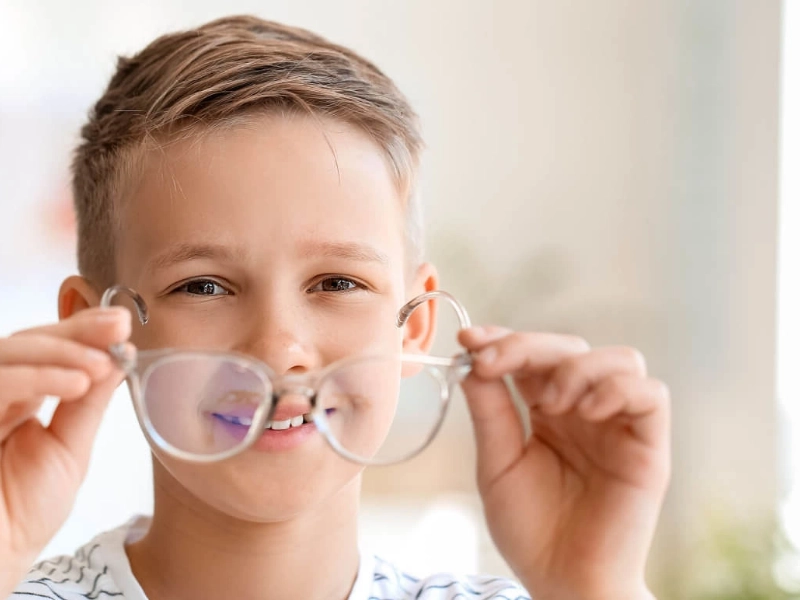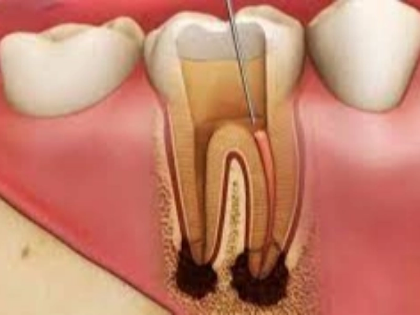What happens if a nearsighted person doesn't wear glasses?
Blurred vision is a common problem that can be corrected with glasses. However, some people choose not to wear glasses due to discomfort or fear of the consequences. Studies have shown that when people with myopia stop wearing glasses, they may experience eye strain and other problems. Here are some of the most common side effects:
1. Difficulty focusing

2. Eye fatigue
 People who don't wear glasses and have normal or nearsighted vision spend a lot of time squinting, which can cause headaches and fatigue, and can also lead to the development of crow's feet. However, squinting does not cause permanent damage to your eyes.
Myopia (nearsightedness) is a common condition in which you can see close objects clearly, but distant objects appear blurry. It occurs because the shape of the eye, particularly the shape of the eyeball and cornea, does not allow light to be focused directly on the retina at the back of the eye. The
condition is usually noticed during childhood and gradually worsens as you grow up. It tends to stabilize around age 40-55 and can be corrected with glasses or contact lenses.
People who don't wear glasses and have normal or nearsighted vision spend a lot of time squinting, which can cause headaches and fatigue, and can also lead to the development of crow's feet. However, squinting does not cause permanent damage to your eyes.
Myopia (nearsightedness) is a common condition in which you can see close objects clearly, but distant objects appear blurry. It occurs because the shape of the eye, particularly the shape of the eyeball and cornea, does not allow light to be focused directly on the retina at the back of the eye. The
condition is usually noticed during childhood and gradually worsens as you grow up. It tends to stabilize around age 40-55 and can be corrected with glasses or contact lenses.
3. Eye fatigue
 When you're not wearing glasses, your eyes have to work harder to see. This can cause eye strain and fatigue, which can lead to headaches and eye strain. This can affect work productivity in adults and worsen ADHD, behavioral problems, and learning disabilities in children.
Eye strain can also cause other symptoms, such as eye rubbing and blurred vision. These are warning signs that you should consider changing your prescription and wearing glasses regularly.
When you're not wearing glasses, your eyes have to work harder to see. This can cause eye strain and fatigue, which can lead to headaches and eye strain. This can affect work productivity in adults and worsen ADHD, behavioral problems, and learning disabilities in children.
Eye strain can also cause other symptoms, such as eye rubbing and blurred vision. These are warning signs that you should consider changing your prescription and wearing glasses regularly.
4. Headaches
 Whether it's a dull pressure in your temples or a mild throbbing sensation at the top of your head, a headache is something nearly everyone experiences at some point, but not everyone knows that it can actually be a sign that you should wear glasses.
Whether it's a dull pressure in your temples or a mild throbbing sensation at the top of your head, a headache is something nearly everyone experiences at some point, but not everyone knows that it can actually be a sign that you should wear glasses.
Eye strain
You may experience headaches when you are given a new prescription and your eyes get used to it. There are six muscles in each eye, and working them differently or harder than usual can cause muscle tension. This can cause a headache, but it should go away after a few days.
Blurred vision
People with hyperopia can see clearly in the distance thanks to the lenses they wear, but when they look at things up close, everything looks blurry. This can cause a lot of eye strain if not corrected, which can lead to headaches. Squinting too much can also lead to unsightly crow's feet and frown lines. In the long term, it can also lead to eye fatigue and a lack of depth perception.











